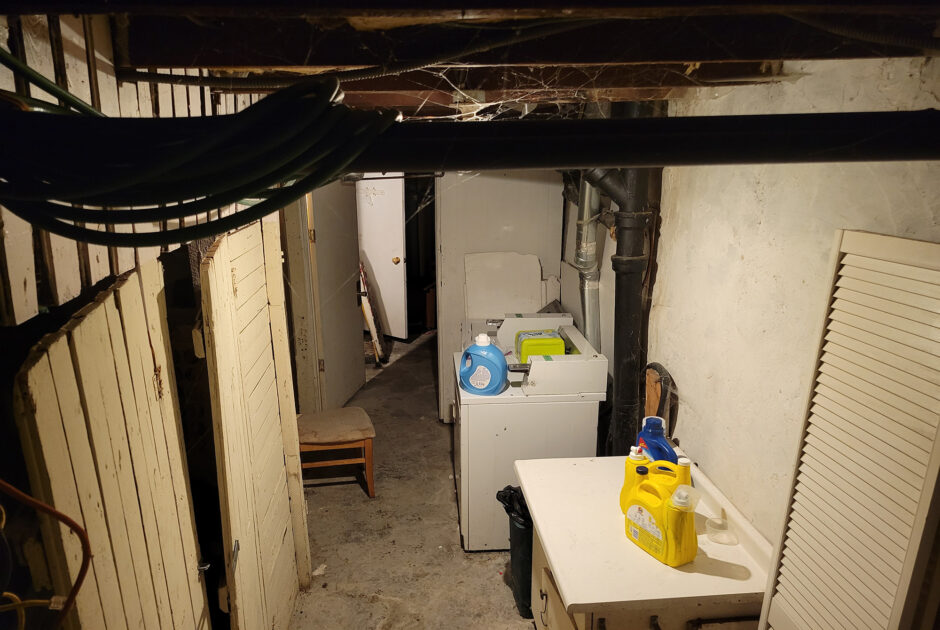Climate Zone: Newly launched group has plans for a carbon-free future

From the onset of the Industrial Revolution, approximately 2.5 trillion metric tonnes of carbon dioxide has been released, leading to the build-up of greenhouse gasses in the atmosphere.
From January to October, the global temperature has risen 1.43ºC above the 1850-1900 pre-industrial average, making 2023 the warmest year on record, according to Copernicus.
Carbon Removal Canada, an independent policy initiative focused on carbon removal solutions, is determined to make Canada a global leader in carbon dioxide removal and reaching net-zero by 2050. The organization, which has been two years in the making, had their official launch Wednesday, Nov. 8 at the National Art Centre.
“The change in atmosphere and carbon is completely dominated by fossil fuels,” said David Keith, founder of Carbon Engineering, at the event. “No amount of planting trees can undo this long-term effect of burning a ton of carbon.”
Now, the planet is in a climate crisis battling against rising global temperatures, and the consequences associated with the heat. The path to saving the planet is a long one, and will inevitably fall into the hands of the current students and youth.
“Our kids are going to make real decisions about how to do this on a giant scale,” said Keith.
Carbon dioxide emissions is a major contributor to global warming, but there is a chance to reverse the effects and lower the global temperature by removing and reducing carbon emissions.
“Carbon removal is not a silver bullet to fighting climate change,” said Na’im Merchant, the executive director of Climate Removal Canada. “It is one critical and currently under-utilized tool in the climate toolbox.”

What is the group’s goal?
Carbon Removal Canada is an independent non-profit organization committed to creating social, economic, and climate benefits for Canada and the globe through carbon removal practices. They are focused on rapid and responsible action for carbon dioxide removal to help meet Canada’s net-zero goals and create a negative emissions world within the century.
“I believe that Canada is so well positioned to meet this challenge, and become a global leader in this field,” said Merchant.
What is their plan?
Creating new policies to enhance carbon dioxide removal that are inclusive, encourage community engagement, and promote environmental justice is the first priority of Carbon Removal Canada. To do this, there must be a supportive network of stakeholders essential to the early stages of carbon dioxide removal, including governments, private sectors and Indigenous communities.
To fully understand what carbon removal policies should be pursued, Carbon Removal Canada has conduced over 70 stakeholder interviews while discussion information on low-carbon technologies.
“We need this to be a community project as a nation,” said Grégoire Baillargeo, President of the BMO Financial Group and a panellist at the Carbon Removal Canada launch event.
Developing technologies needed to sufficiently remove and reduce carbon dioxide from the air is essential to meeting Canada’s climate goals. While still in early development, similar low-carbon technologies such as solar photovoltaic and the solar industry can be useful teachers in upcoming carbon removal developments.
Carbon Removal Canada is urging policymakers to create set goals for building carbon dioxide removal within this decade, detailed in their report Ready for Removal.
Why now?
“This is an absolute must,” said Baillargeon. “There is no passage without this.”
Carbon dioxide levels in the atmosphere are continuing to rise and show no sign of slowing. The consequences of the steady increase will be devastating. In 2023, global mean surface temperatures were broken in June and July, and the sea surface temperatures suffered their largest spike on record, Science Alert.

This year, Canada experienced its most destructive forest fire season on record, burning 16.5 million hectors by Sept. 5, Natural Resources Canada. Noxious smoke blanketed most of the country, drifting across borders into the United States and threatening the air quality even more.
“We are running against the clock,” said Jonathan Wilkinson, Minister of Energy and Natural Resources, a speaker at the Carbon Removal Canada launch event. “A clock that has a short fuse.”
Predictions for several years of staggering heat are all but sealed. If action is not taken now, the consequences could be dire. The fight against climate change will be an indefinite one.

“The single most important thing about climate change is that the moment we eliminate emissions we don’t solve the problem,” said Keith. “All we do is we stop the problem getting worse.”
The battle has begun, but it is far from making a mark. Carbon removal is not solely a Canadian project, but a global one.
“There’s no question large-scale carbon removal is possible,” said Keith. “Humans can remove millions of tonnes of CO2 from the atmosphere, that is a doable thing that we as a species could do.”








